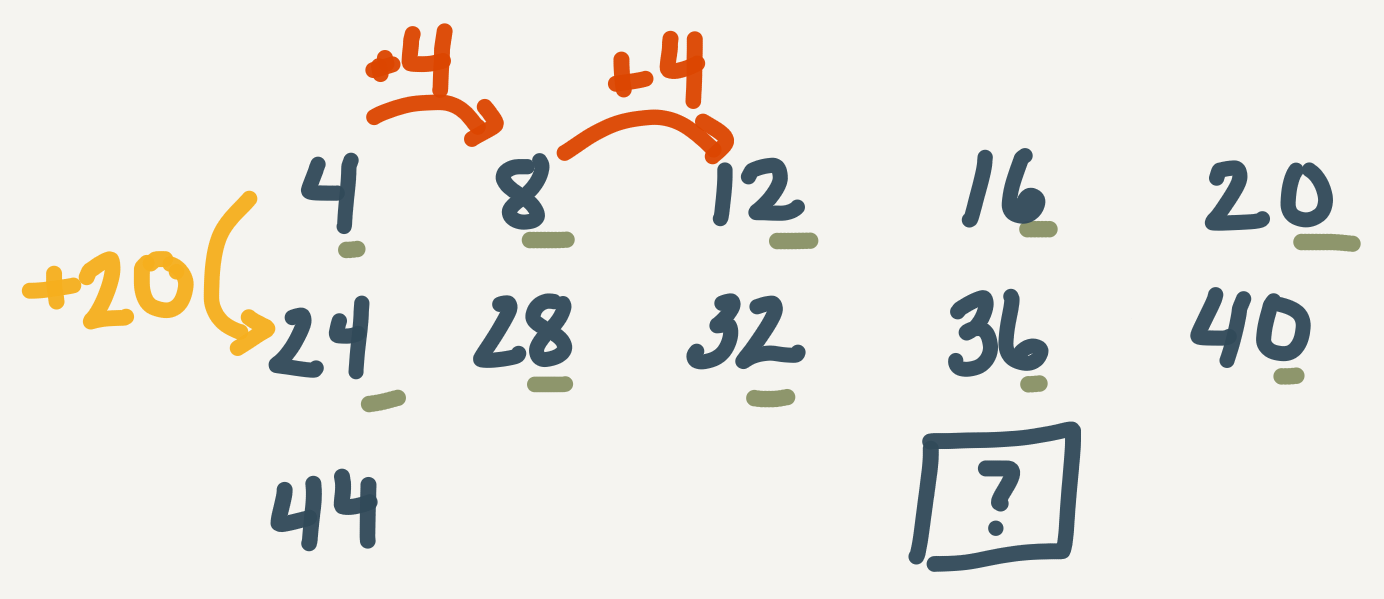Choral Counting Overview
By Cindy Aossey
![]() Counting is an essential foundation for all mathematics. Furthermore, the ways and range in which students count is always expanding.
Students count forward or back, by 1s or by multiples, by 10s or 100s, even by fractions! As they count, they uncover patterns and
structures in our number system.
Counting is an essential foundation for all mathematics. Furthermore, the ways and range in which students count is always expanding.
Students count forward or back, by 1s or by multiples, by 10s or 100s, even by fractions! As they count, they uncover patterns and
structures in our number system.
Choral Counting, as described in Choral Counting and Counting Collections (Franke et al, 2018) is a whole class-counting routine that makes these patterns visible to students. As the class counts, the teacher records each count in a planned and organized way, pausing with questions such as “What patterns do you notice?”, “Did the pattern you noticed before continue?”, “If the pattern continues, what will happen?” At each step, the teacher annotates the patterns students are noticing, highlighting important relationships.
In the video below, see this teacher use Choral Counting to introduce symbolic notation of fractions in a third-grade classroom.
In the early grades, choral counting can be used to help students see how the 0-9 counting pattern repeats in each decade family, connecting to the organization of a 100 chart. Older students might count by 10, starting on or off a multiple of 10, noticing that the ones place doesn’t change and the tens place changes by one. Choral counting supports students in finding patterns in skip counting sequences, such as noticing that multiples of 4 are always even and the pattern in the ones place repeats with each 5 counts (see Fig. 2). Students can count in different measurement systems, discovering their unique structures. For example, students can count by 15 min chunks, converting to hours when appropriate, or count by inches, converting to feet and yards. Students can count by fractions, noticing patterns in the numerator and denominator and finding equivalences.

Recommended Resources:
- Choral Counting in Choral Counting and Counting Collections by Megan Franke, Elham Kazemi and Agnela Chan Turrou (2018)
- Teacher Education by Design This website has numerous resources including planning pages, examples, suggested tasks, videos, and more!